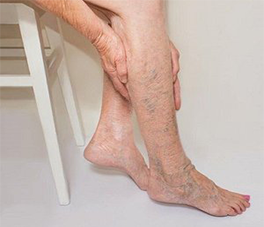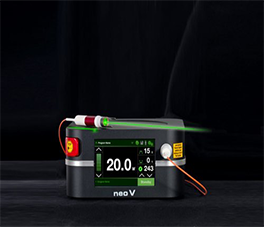Aorto Iliac Disease


Aortoiliac occlusive disease is the blockage of the aorta, the main blood vessel in your body, or the iliac arteries. The iliac arteries are the branches that your aorta divides into around the level of the belly button to provide blood to your legs and the organs in your pelvis. This blockage is typically caused by a buildup of plaque within the walls of your blood vessels.
The aorta and iliac arteries are the second most common blood vessels to be affected by peripheral arterial disease (PAD) after the blood vessels in the thigh. PAD occurs in 12-20% of people over the age of 65.
You may have varied symptoms or no symptoms at all and still have aortoiliac occlusive disease.
FATIGUE, PAIN OR CRAMPING WHEN WALKINGWhen felt in the buttocks, thighs or calves, these symptoms may signal mild to moderate aortoiliac occlusive disease. As the disease progresses, these symptoms may occur after walking very short distances.
ERECTILE DYSFUNCTIONMen may experience erectile dysfunction.
PAIN AT REST, LEG AND FEET PROBLEMSIn severe cases, you may feel pain in your feet or toes at rest, coldness and numbness in your legs, sores or wounds on your legs and feet, and even gangrene or the death of tissue in your feet.
 SEE A VASCULAR SURGEON
SEE A VASCULAR SURGEON
You will be asked questions about symptoms and medical history, including questions about family members. The vascular surgeon will also perform a physical exam.
TESTS MAY BE RECOMMENDED Aortoiliac occlusive disease may be managed by:
Aortoiliac occlusive disease may be managed by:
Risk factor modification, such as quitting smoking, controlling cholesterol or high blood pressure, managing diabetes and regular exercise.
Medication may be prescribed, such as an aspirin or another medication to prevent platelets from clotting in the blood. A statin drug may help control cholesterol and also help prevent plaque progression.
If further treatment is needed, a minimally invasive procedure or a surgical bypass may be considered.